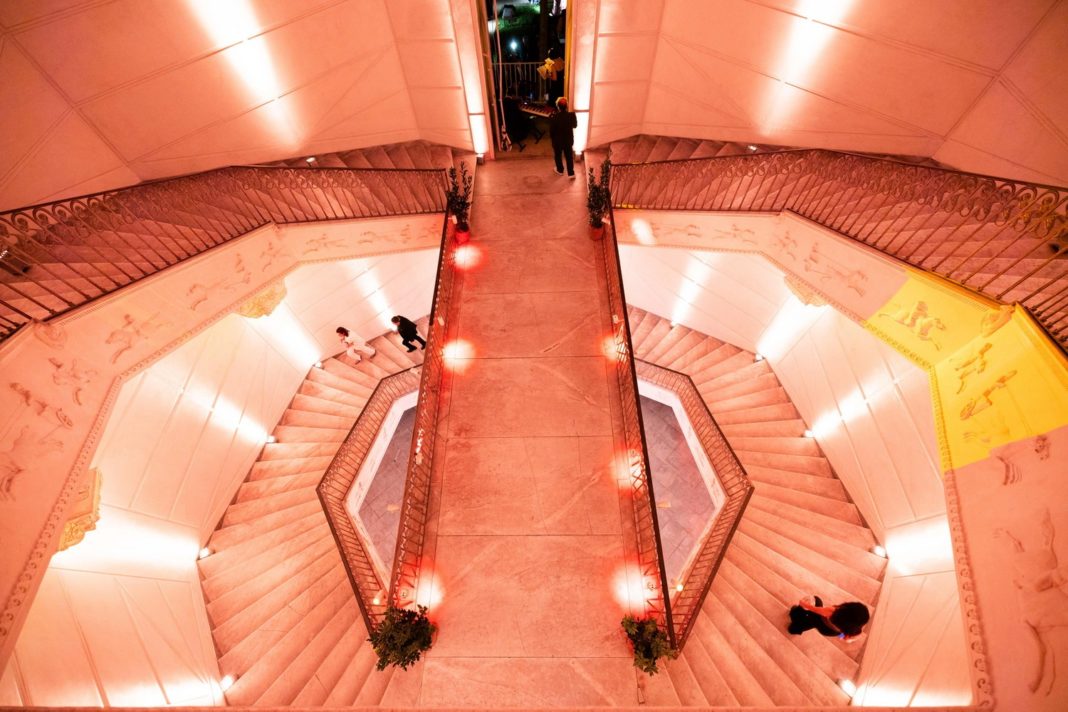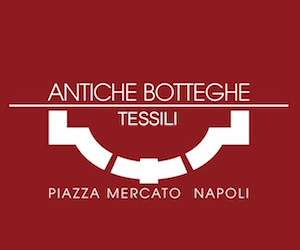L’arte della fortuna. Parte da questo spunto la nuova stagione della rassegna Wunderkammer ideata da Diego Nuzzo. Teatro e musica itinerante nei luoghi più suggestivi della città: la manifestazione cammina sul ponte del numero 13 che, nella tradizione italiana, è un numero fortunato.
Tredici anni trascorsi tra monumenti, chiese, biblioteche, musei, palazzi in un progetto che Wunderkammer realizza mettendo insieme qualità nell’offerta artistica e valorizzazione del patrimonio monumentale, storico e architettonico.
Superata, lungo questo arco di tempo, la soglia dei 300 spettacoli e concerti organizzati in tanti luoghi: i musei sono diventati sedici (dal Museo Cappella Sansevero al Mann, dal Madre al Museo del tessile, dal Museo Diocesano a quello di Villa Pignatelli, dal Museo di San Martino alle due sedi del Museo Gallerie d’Italia, al Museo Darwin-Dohrn, dal Museo Nitsch a quello di Casa Morra, dalla Fondazione Morra Greco al Museo Filangieri, dal Museo del Corallo Ascione al Museo dell’Acqua Lapis alla Pietrasanta) e da quest’anno Wunderkammer entra anche nella pinacoteca del Pio Monte della Misericordia. E come sempre, pure, in chiese, ex refettori, gallerie d’arte, sedi universitarie, atelier d’artista, alberghi, giardini, un edificio termale, siti archeologici, chiostri, biblioteche e perfino un cimitero e un ospedale.
Passione e rete sono parole chiave di una kermesse sostenuta da un gruppo sintonizzato da amicizia e impegno, nonché da mecenati come avvocati Cinque & soci di Milano, Gnosis Progetti e il Gruppo Tessile Imparato, MD&CM (sostenitori di cui si conoscono solo le iniziali).
Si comincia domani, 31 ottobre, alle 21 nel salone dell’Acen, a Palazzo Ruffo della Scaletta (Riviera di Chia 202, foto di Sergio Siano) con Vajont 9 ottobre ’63. Orazione civile di Marco Paolini, interpretata da Paolo Cresta.
Focus sui fatti che portarono al disastro del Vajont, narrati dall’inizio della costruzione dell’omonima diga nel 1956, alla frana del 9 ottobre 1963 che costò la vita a quasi duemila persone. Uno dei testi di “teatro civile” più celebri grazie al quale Paolini arriva al grande pubblico e vince nel 1995 uno speciale Premio Ubu per il teatro politico e l’anno successivo il Premio Idi per la migliore novità italiana.
Il 14 novembre, invece, al via la sezione musicale con Caos Melancolico. Omaggio a Kenny Wheeler, nell’ntico refettorio del monastero delle 33 (Via Armanni,16). Francesco Desiato flauti, Ivano Leva pianoforte.
Il materiale musicale di partenza diviene territorio di un continuo dialogare improvvisando. In questo progetto, i due musicisti esplorano il repertorio del compianto trombettista e compositore Kenny Wheeler, in un omaggio nel quale i temi del raffinato musicista canadese vengono vestiti di una nuova luce.
Per saperne di più
Wunderkammer
Wunderkammer/ The art of luck: the new season of the Neapolitan (‘itinerant’) exhibition is underway. It begins with Marco Paolini’s ‘Vajont 9 October ‘63. Civil oration’
The art of luck. This is the starting point for the new season of the Wunderkammer exhibition created by Diego Nuzzo. Theatre and travelling music in the most evocative locations in the city: the event walks the bridge of the number 13, which, in Italian tradition, is a fortunate number.
Thirteen years spent among monuments, churches, libraries, museums and palaces in a project that Wunderkammer carries forward, combining quality in its artistic offerings with the enhancement of monumental, historical and architectural heritage.
Over this period, more than 300 shows and concerts have been organised in many venues: there are now sixteen museums (from the Sansevero Chapel Museum to the Mann, from the Madre to the Textile Museum, from the Diocesan Museum to the Villa Pignatelli Museum, from the San Martino Museum to the two venues of the Gallerie d’Italia Museum, the Darwin-Dohrn Museum, the Nitsch Museum, the Casa Morra Museum, the Morra Greco Foundation, the Filangieri Museum, the Ascione Coral Museum and the Lapis Water Museum in Pietrasanta) and, from this year, Wunderkammer will also be entering the Pio Monte della Misericordia art gallery. And as always, it will also be held in churches, former refectories, art galleries, universities, artists’ studios, hotels, gardens, a spa building, archaeological sites, cloisters, libraries and even a cemetery and a hospital.
It begins tomorrow, the 31st of October, at 9 p.m. in the Acen hall, at Palazzo Ruffo della Scaletta (Riviera di Chia 202) with Vajont 9 October ’63. Civil oration by Marco Paolini, performed by Paolo Cresta.
It focuses on the events that led to the Vajont disaster, narrated from the beginning of the construction of the dam of the same name in 1956 to the landslide on the 9th of October 1963 that claimed the lives of almost two thousand people. One of the most famous “civil theatre” texts, thanks to which Paolini reached a wide audience and won a special Ubu Prize for political theatre in 1995 and the Idi Prize for best Italian newcomer the following year.
On the 14th of November, the music section kicks off with Caos Melancolico. Omaggio a Kenny Wheeler (Melancholic Chaos. Tribute to Kenny Wheeler) in the ancient refectory of the monastery of the 33 (Via Armanni, 16). Francesco Desiato on flutes and Ivano Leva on piano.
The starting musical material becomes the territory for continuous improvisational dialogue. In this project, the two musicians explore the repertoire of the late trumpeter and composer Kenny Wheeler, in a tribute in which the themes of the refined Canadian musician are clothed in a new light.










